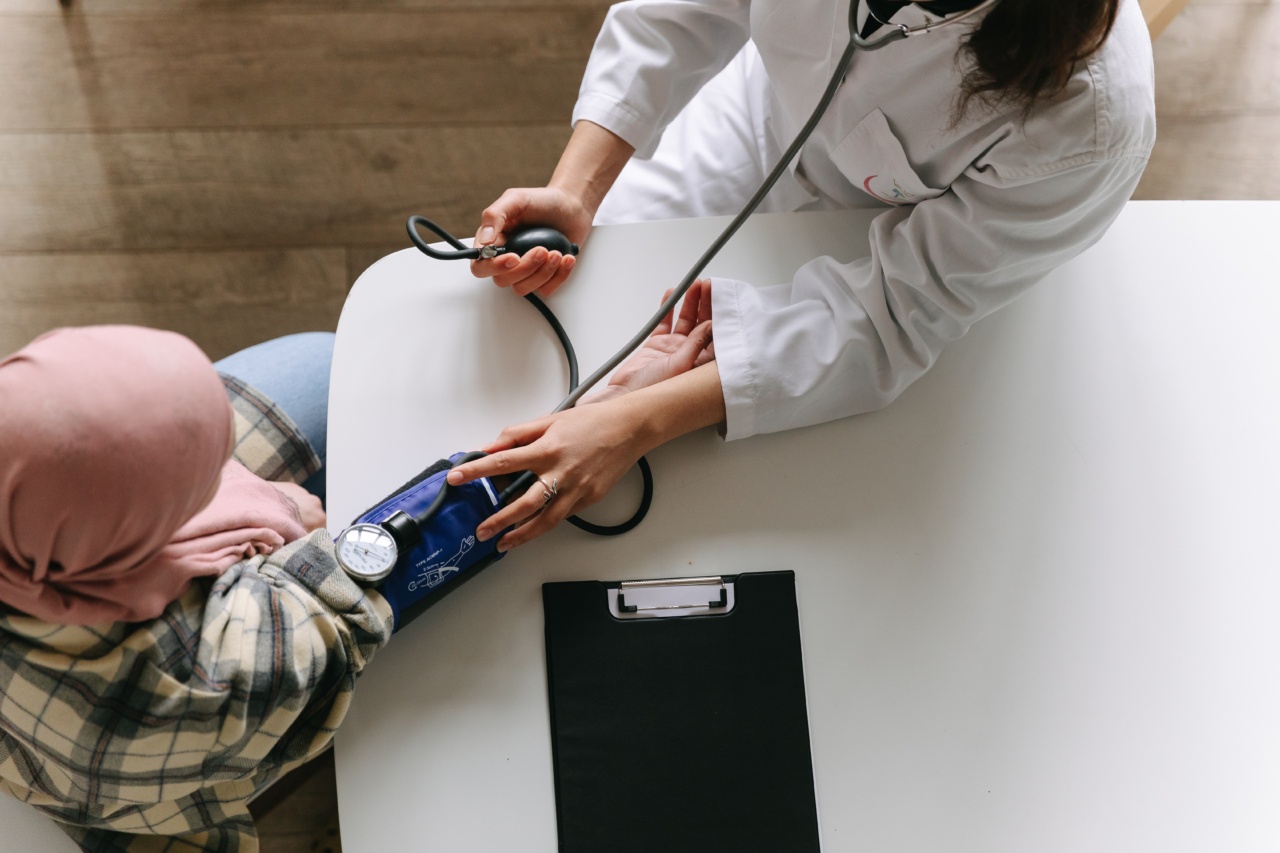Prostate cancer is a condition that affects the male prostate gland, which is a small gland located between the bladder and penis.
It is one of the most common types of cancer in men, with around 1 in 8 men developing the condition during their lifetime. Prostate cancer treatment often involves surgery or radiation therapy, which can increase the patient’s risk of developing blood clots.
Understanding Blood Clots
Blood clots are clumps of blood that form in your blood vessels, and they can be life-threatening. Blood clots form as part of the body’s natural healing process when a blood vessel is damaged.
The goal of a blood clot is to prevent bleeding by stopping the flow of blood. In most cases, the body will eventually break down the clot over time.
Risk Factors for Blood Clots
Although blood clots can develop in anyone, certain factors increase the likelihood of developing a clot.
The risk factors associated with the development of blood clots include old age, a history of blood clots, a family history of blood clots, obesity, smoking, and prolonged periods of immobilization. In addition to these general risk factors, men who have prostate cancer are also at a heightened risk for blood clots.
Prostate Cancer and Blood Clots
When a man is diagnosed with prostate cancer, his treatment options will depend on several factors, such as the stage of the cancer and the patient’s overall health. Treatment options may include surgery, radiation therapy, and hormone therapy.
All of these treatments carry a risk of increasing the patient’s risk of developing a blood clot. In particular, men who have undergone surgery or radiation therapy are at a higher risk of developing a blood clot.
Surgery and Blood Clots
Surgery is one of the most common treatments for prostate cancer. During surgery, the patient’s prostate gland is removed, along with any cancerous tissue. In addition to prostate removal, lymph nodes in the area may also be removed.
Surgery carries a risk of blood clots due to the prolonged period of immobilization following the operation. When a patient is immobile, blood flow can slow down, which increases the risk of clots forming.
Radiation Therapy and Blood Clots
Radiation therapy is another common treatment for prostate cancer. During radiation therapy, high-energy radiation is used to kill cancer cells in the patient’s prostate gland.
Radiation therapy carries a risk of blood clots because radiation can damage blood vessels, which can increase the risk of clots forming.
Additionally, radiation therapy can damage the bone marrow, which can lead to a decrease in the number of platelets in the blood.
Hormone Therapy and Blood Clots
Hormone therapy is another treatment option for prostate cancer. During hormone therapy, medications are used to block the production of testosterone in the patient’s body. This type of treatment can slow or halt the growth of cancer cells.
Hormone therapy carries a risk of blood clots because testosterone plays a role in regulating blood clotting. When testosterone levels drop, blood flow can slow down, which increases the risk of clots forming.
Preventing Blood Clots in Prostate Cancer Patients
Prostate cancer patients who have undergone surgery, radiation therapy, or hormone therapy are at a heightened risk for developing blood clots. There are several steps that patients can take to reduce their risk of developing a blood clot, including:.
- Getting up and moving around every few hours
- Wearing compression stockings
- Taking medication to thin the blood
- Staying hydrated
- Maintaining a healthy weight
Conclusion
Prostate cancer is a common condition that can be treated using surgery, radiation therapy, hormone therapy, or a combination of these treatments. However, these treatments can increase the patient’s risk of developing blood clots.
It is important for patients to be aware of their increased risk and to take steps to prevent the development of blood clots.





























